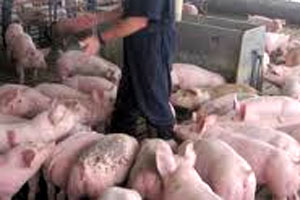NPPC pleased with final animal traceability rule

Calling it vital to the US pork industry’s ability to more quickly control and eradicate foreign animal diseases and keep export markets open, the National Pork Producers Council praised the US Department of Agriculture for issuing a final rule to implement a national animal identification system.
“An effective traceability system is critical to our nation’s animal health infrastructure and is one of the components the World Organization for Animal Health considers essential for an effective veterinary services program,” said NPPC President R.C. Hunt, a pork producer from Wilson, N.C. “The goal of a traceability system is trace back of an animal to its farm of origin within 48 hours of the discovery of a disease. That would allow a disease to be brought under control and eradicated more quickly, saving animals – and taxpayer dollars – and keeping foreign markets open to our exports.”
Many major livestock-producing countries, including Canada, the European Union and Japan, have implemented, or are implementing, animal traceability systems. And most meat-importing countries require such a systems as a condition for importing meat, NPPC pointed out.
The US pork industry in 1988 established a swine ID system, which helped eradicate pseudorabies from the commercial herd. It since has enhanced its system by registering more than 99 percent of the premises of the nation’s 67,000 pork producers and asking pork packers to require premises registration as a condition of sale. Premises registration data includes the physical location of a farm, a contact telephone number and other publicly available information.
USDA in 2004 established the National Animal Identification System, but a series of missteps, misinformation from groups opposed to it and a lack of federal funding hampered its implementation.
NPPC worked with USDA to come up with a traceability system the livestock industry can support and that works for U.S. pork producers.







